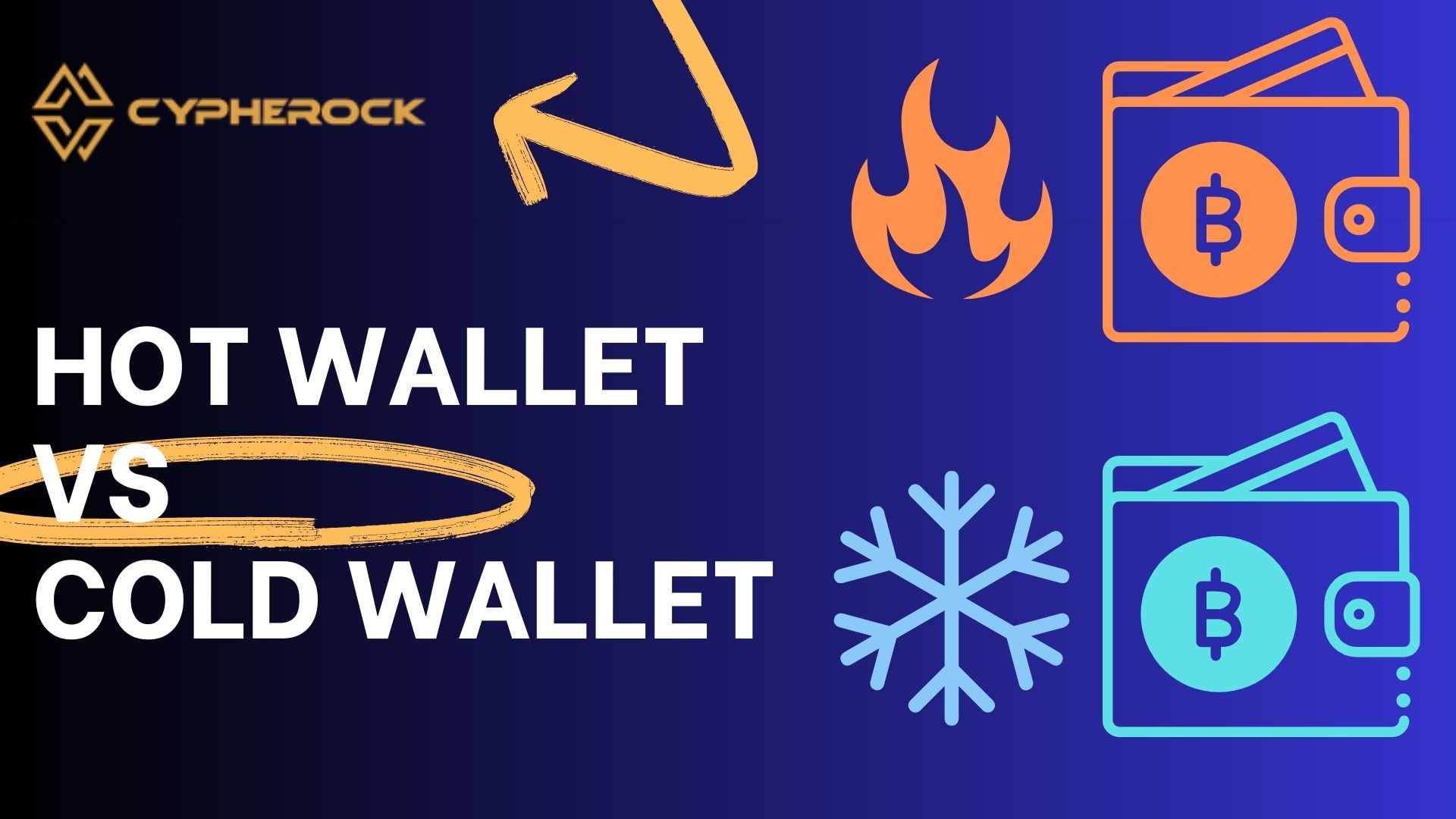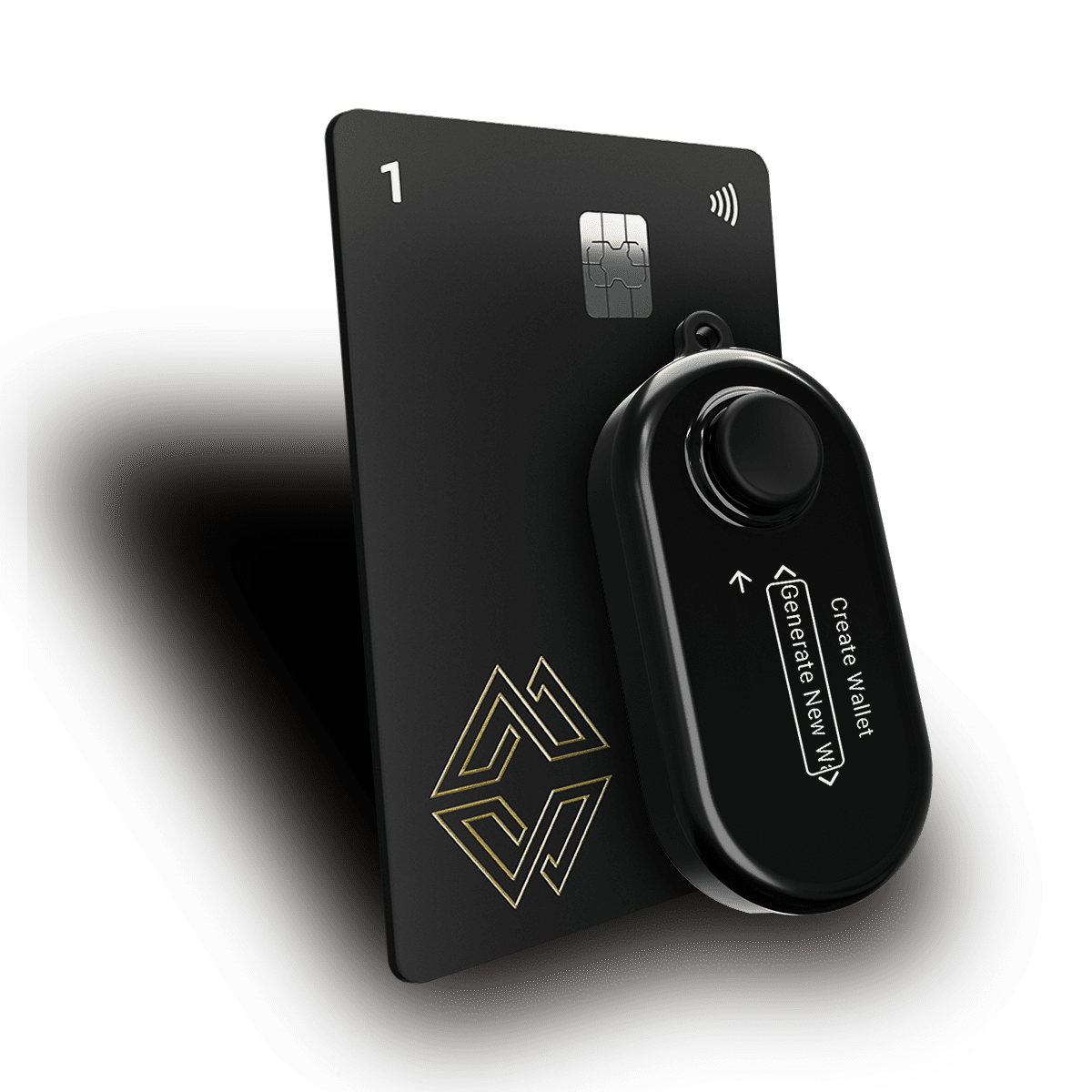

Have you ever wondered about the safety of your crypto funds and found it hard to decide between a hot wallet and a cold wallet? This post covers all the bases.
With the rise of digital assets, protecting your crypto has never been more important. But which option is right for you—a hot wallet or a cold wallet? Each comes with its own pros and cons, and choosing the best one can be challenging if you don’t know the key differences.
In this article, we’ll explore what makes hot and cold wallets unique, and why understanding them is crucial for securing your digital assets. Whether you’re new to crypto or have been around for a while, knowing how to properly store your funds can help you avoid potential risks.
We’ll cover what crypto wallets are, break down the differences between hot and cold wallets, and help you decide which one is best suited for your needs. Let's dive in!
A crypto wallet is a tool that allows you to store, send, and receive cryptocurrency. Unlike a physical wallet that holds cash or cards, a crypto wallet stores the private keys that give you access to your digital assets on the blockchain. These private keys are essential because they prove ownership of the cryptocurrency and authorize transactions.
There are two main types of crypto wallets: software (hot) wallets and hardware (cold) wallets. Each type serves the same purpose but in different ways. Think of a crypto wallet like your bank account's login details—without them, you can’t access or manage your funds.
When it comes to storing cryptocurrency, there are several types of crypto wallets available, each offering different levels of convenience and security. The two main categories of wallets are hot wallets and cold wallets. Understanding these types will help you choose the best one for your needs.
Hot wallets are software-based cryptocurrency wallets that you can access through the internet on your smartphone, computer, or online platforms. They’re convenient because you can quickly access your funds and easily send or receive cryptocurrency whenever needed.
However, since they’re always online, they’re more vulnerable to hacking or cyberattacks. Hot wallets are ideal for your day-to-day crypto transactions, offering instant access through apps, browser extensions, or online services.
These are the key features of hot wallets:
Cold wallets, on the other hand, are physical devices or methods that store your crypto offline. These wallets can be hardware devices, such as USB-like drives, or even paper wallets where private keys are printed on paper and stored securely. Since cold wallets are not connected to the internet, they offer a higher level of security, making them less vulnerable to hacking.
Cold wallets are a type of cryptocurrency wallet that is not connected to the internet, making them a much safer option for storing your digital assets compared to hot wallets. These wallets are often used for long-term storage, where security is a higher priority than convenience. Cold wallets come in various forms, such as hardware wallets or paper wallets, each designed to keep your private keys offline and safe from cyber threats.
Here are the key features of cold wallets:
| Learn more: Are metal backups the safest way to backup your seed phrase?
When deciding how to store your cryptocurrency, it’s important to understand the key differences between hot wallets and cold wallets. Both have distinct features that cater to different needs in terms of accessibility, security, and use cases. Here's a table highlighting the key differences:
| Feature | Hot Wallet | Cold Wallet |
|---|---|---|
| Connectivity | Always connected to the internet | Offline, no internet connection |
| Security | More vulnerable to hacks, phishing, and malware | Highly secure, not exposed to online threats |
| Ease of Access | Instant access, great for frequent transactions | Slower access, requires physical connection or retrieval |
| Use Case | Best for short-term storage and daily transactions | Ideal for long-term storage and large amounts |
| Cost | Usually free or low-cost (e.g., apps, exchanges) | Hardware wallets cost money; paper wallets are nearly free |
| Risk Level | Higher risk due to online exposure | Low risk due to offline storage |
| Supported Platforms | Mobile apps, web platforms, desktop software | Physical hardware devices, paper storage |
Secure your crypto with Cypherock X1 - offline, hacker-proof storage. Get yours today!
Whether you choose a hot wallet, cold wallet, or both, safeguarding your cryptocurrency requires following key security practices. Here are some of the best ways to protect your digital assets:
Always create a strong, unique password for your wallet. Avoid using easily guessed information, and include a mix of uppercase letters, lowercase letters, numbers, and special characters. Strong passwords add an extra layer of security, especially for hot wallets.
For hot wallets, enable 2FA whenever possible. This adds an additional layer of security by requiring not just a password, but also a second form of verification, such as a code sent to your mobile device. Even if someone gains access to your password, they won’t be able to access your funds without the second verification.
Always create a backup of your wallet, especially for cold wallets where losing access to your device or paper wallet could mean losing your funds forever. Many wallets will allow you to generate a recovery seed—a set of words that can be used to recover your wallet if it’s lost or damaged. Store this backup in a secure location, such as a fireproof safe.
If you hold a significant amount of cryptocurrency, consider using a hardware wallet. These devices store your private keys offline and require physical confirmation to authorize transactions, making them one of the most secure options available.
Use a wallet that provides multiple security layers. Hardware wallets like- Cypherock X1 take your crypto funds security to the next level with its Shamir Secret Sharing approach. They offer seedless recovery and decentralized key storage. This means that your private keys are split across multiple hardware components, ensuring that no single device or location holds the full key. Even if one component is compromised, your assets remain secure, offering superior protection.
By following these best practices, you can greatly reduce the risk of losing your cryptocurrency to theft or hacking. In the next section, we’ll wrap things up with a conclusion on how to choose the right wallet for your needs based on your personal security preferences and usage habits.
Choosing between a hot and cold wallet depends on your specific needs. Hot wallets are perfect for frequent transactions due to their easy access, but they come with higher security risks since they are always online. Cold wallets, on the other hand, provide top-notch security by keeping your private keys offline, making them ideal for long-term storage of larger amounts of cryptocurrency.
For most users, a mix of both works well—a hot wallet for everyday use and a cold wallet for safely storing larger holdings. By understanding the key differences and following security best practices, you can ensure your crypto is well-protected and easily accessible when needed.
No, while cold wallets are highly secure because they are offline, they are not 100% safe. Risks like physical theft, loss, hardware damage, or mishandling recovery phrases can still lead to loss of funds. Using next-gen solutions like the Cypherock X1, which eliminates the need for seed phrases and offers multiple backups, can significantly reduce these risks and enhance the security of your crypto assets. Proper storage and backup practices are essential to ensure full protection.
Cold wallets are less convenient for everyday use since accessing funds requires extra steps. They can also be costly (in the case of hardware wallets) and vulnerable to physical loss or damage if not stored carefully.
Hot wallets are vulnerable to hacking, phishing attacks, and malware since they are always connected to the internet. This makes them less secure, especially if large amounts of cryptocurrency are stored in them.
Binance primarily operates as an exchange with integrated hot wallets for user convenience. However, it also uses cold storage to protect the majority of its users' assets, offering a balance between accessibility and security.
Hot wallets are better for frequent, smaller transactions due to their convenience, while cold wallets are better for long-term storage and security of larger amounts. The best option depends on your usage needs and security priorities.
Start securing your crypto journey today—visit Cypherock X1 to learn more.
Connect with us:
Twitter: @CypherockWallet
Telegram: Join the Community
